John Davis, 45, has been immersed in the Japanese gaming industry for over 20 years, first as a writer for outlets like Weekly Famitsu, and later working at studios such as Q-Games. He is the co-founder of BitSummit, the Kyoto-based indie game festival that has grown into a major international event, and a global PR specialist for Shueisha Games.
1. What brought you to Japan? I came here for work opportunities in writing and journalism, and that eventually led me to game development. The indie scene wasn’t really thriving when I first arrived (in 2003), but I saw an opportunity to help foster that, and it became a big part of my career.
2. How does working in Japan compare to the U.S.? The work culture in Japan is structured and methodical, whereas in the U.S. there’s more of a startup mentality. Japan values longevity and relationships in business, meaning deals can take longer but often result in long-term partnerships.
3. What attracted you to writing as a career? I’ve always loved storytelling and communication, so journalism was a natural path. When I was in school, I wanted to be a games journalist, and writing allowed me to explore that industry.
4. In the alternate timeline where John Davis continued as a journalist, what is he writing about? I love diving into industry trends and analyzing what makes games successful, so I’d be writing in-depth pieces on game design, the business of gaming and how different cultures approach storytelling in games.
5. How did you transition from writing into gaming? Writing about games gave me insight into how they’re made, which led to opportunities in marketing and consulting, and from there I started working directly with developers. Eventually I cofounded BitSummit, which cemented my role in the indie space.
6. What defines an “indie” game? Indie used to mean “small teams, no publisher,” but that has changed. Some indies today have large budgets and publishing deals, while others are still made by one or two people at home. At its core, indie is about creative freedom — teams that have control over their vision without being dictated by corporate mandates.
7. How was your experience working with video game director, designer and writer Goichi Suda at Grasshopper Manufacture? He’s a visionary, and his approach to storytelling and game design is unlike anyone else’s. The biggest takeaway was the importance of trusting your creative instincts. Suda’s games don’t follow trends — they create them.
8. You founded your own consulting company, BlackSheep. How is being an entrepreneur in Japan? Both rewarding and challenging. The business culture is structured, so getting started takes time, but once you build strong relationships you gain long-term partners. BlackSheep is about helping indie developers navigate the industry — everything from marketing to localization and business development.
9. What made you take the leap to Shueisha? After years of freelancing and consulting, I wanted to be part of something larger. Shueisha was expanding into games, and it was a rare opportunity to help shape their approach from the ground up.
10. What’s your role at Shueisha Games? I handle international marketing, PR and business strategy for our indie and mid-tier games. Since Shueisha is known for manga, we’re trying to connect that storytelling expertise with gaming. My job is to help shape the identity of Shueisha Games and bring our titles to a global audience.
11. Many say Japan missed the global indie gaming boom. Is that a fair assessment? Japan was late to the indie boom, but it has caught up. When we started BitSummit, indie games weren’t taken as seriously here as in the West. Now, we see more Japanese indie studios getting recognition and major media like Famitsu covering them more.
12. How is the indie world weathering the post-pandemic storm battering AAA studios? Indies have the advantage of flexibility. AAA studios bet big on live service models, which can backfire if they don’t resonate with players. Indies don’t have to chase trends in the same way. They are also big business and it takes money to make them, but the scale of the pressure is different.
13. What kind of games do you play? I prioritize games that I can play with my kids! That means tons of Marvel Rivals, Palworld and anything else that catches their attention.
14. How was the process that culminated in the creation of BitSummit? BitSummit started as a crazy idea between myself and James Mielke at Q-Games. Our first event had just 200 attendees in a school auditorium. The next year, we moved to Miyako Messe and grew to 3,000 attendees. Since then, BitSummit has become a rite of passage for Japanese indie developers and a major event for the global indie scene.
15. How has the Japanese indie scene evolved since then? In the early days of BitSummit, there weren’t many indie studios in Japan, and the games were often raw and unpolished. Now, we receive hundreds of submissions and the overall quality has improved dramatically. Indie games are now a legitimate force in the industry, recognized by publishers, media and players in Japan.
16. How do you balance the wants of sponsors, the needs of developers and the expectations of attendees? BitSummit’s biggest strength is its intimate atmosphere, where developers, publishers and fans can connect easily. We work hard to ensure that indie developers remain at the center of the event while also engaging sponsors who support the indie community. It’s a balancing act.
17. Does being in Kyoto influence the festival in any way? Kyoto has a more relaxed, creative atmosphere compared to Tokyo’s fast-paced business environment. It’s home to companies like Nintendo and Q-Games, and there’s a strong sense of community. That’s reflected in BitSummit’s more personal, intimate vibe — it’s not a corporate expo; it’s a gathering of developers and fans who love indie games.
18. Why do innovative businesses flourish in such a traditional place? Kyoto has deep roots in craftsmanship, from centuries-old artisans to modern game design. There’s a culture of quality and precision, which translates well into industries like gaming and tech. The pace of life and the proximity to other thriving creative companies also help.
19. As someone who has lived in both, where do you stand in the Kyoto versus Tokyo debate? Tokyo is the business hub: fast-moving and highly competitive. Kyoto is more laid-back, fostering creativity and innovation. If you want connections and big opportunities, Tokyo is the place to be. If you want a quieter, more focused environment, Kyoto is great. Personally I appreciate both, but if I could live in one place, it would be Kyoto.
20. What’s your advice for anyone looking to get into indie game development in Japan? First, learn some Japanese. You don’t need to be fluent, but knowing the language helps immensely, especially if you want to work in a Japanese studio. Second, make connections. I’ve seen people come to BitSummit one year, and by the next they’re submitting their own games. If you want to be part of the Japanese indie scene, immerse yourself in it.



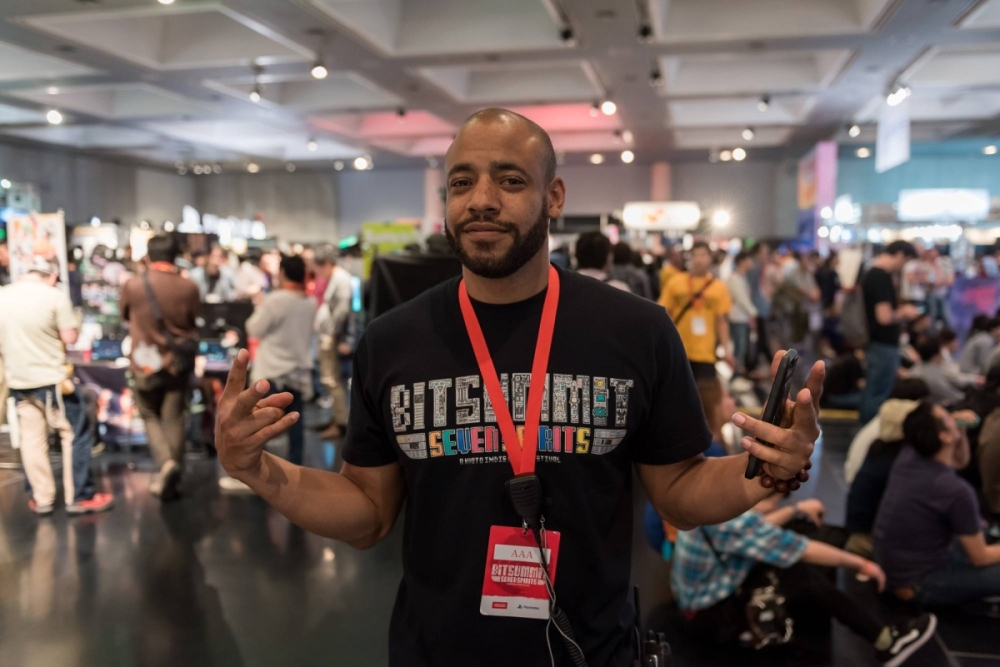

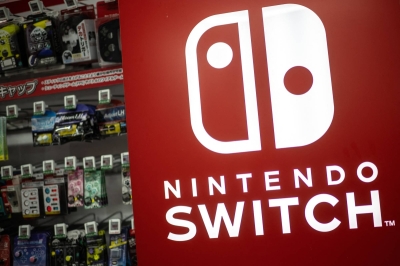
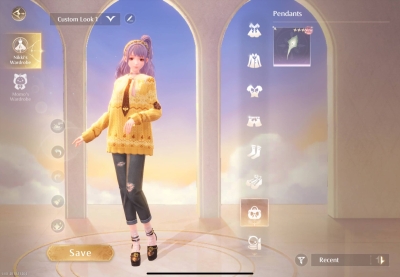
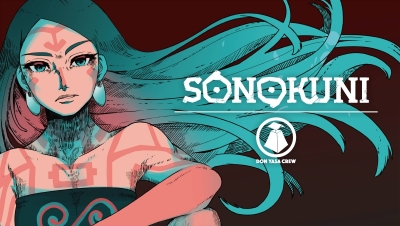









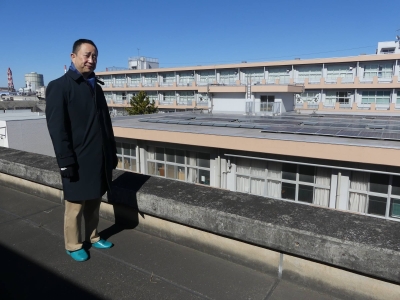
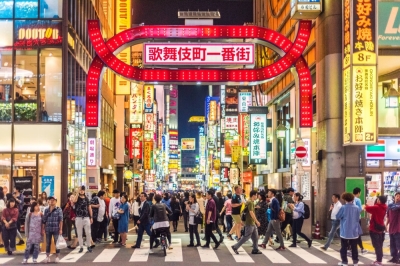
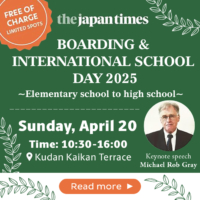

With your current subscription plan you can comment on stories. However, before writing your first comment, please create a display name in the Profile section of your subscriber account page.